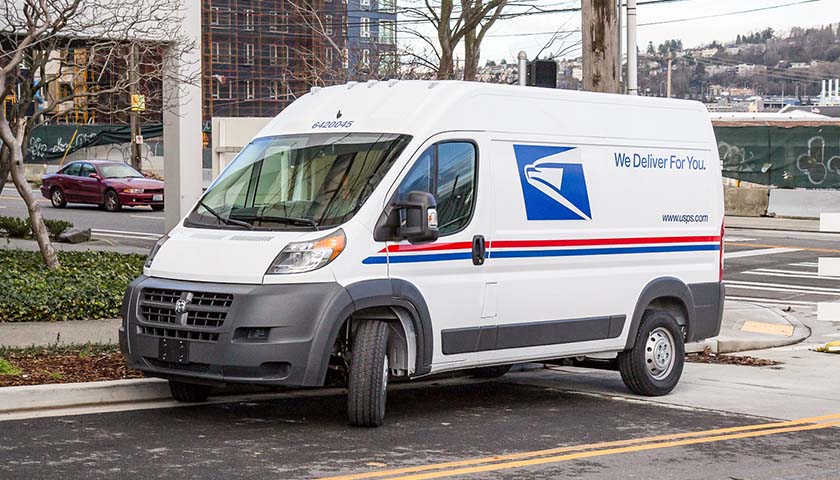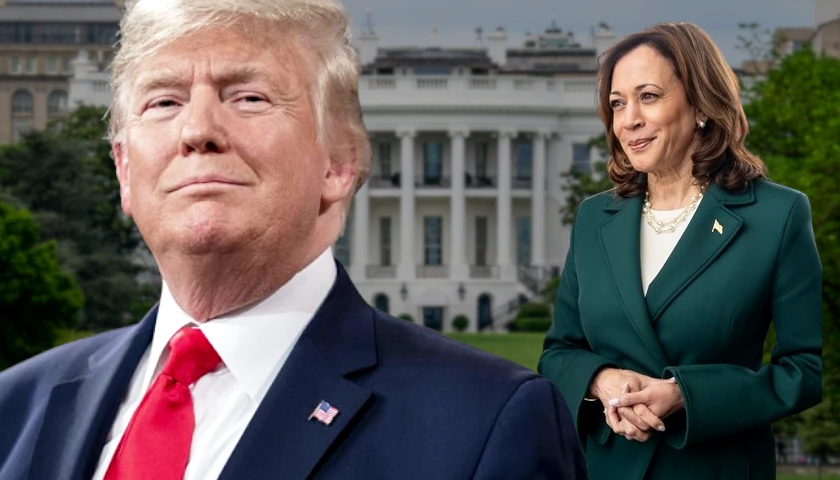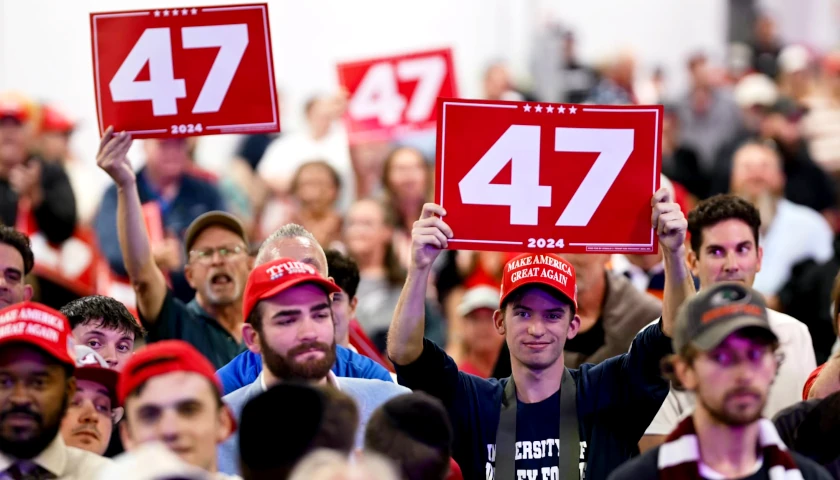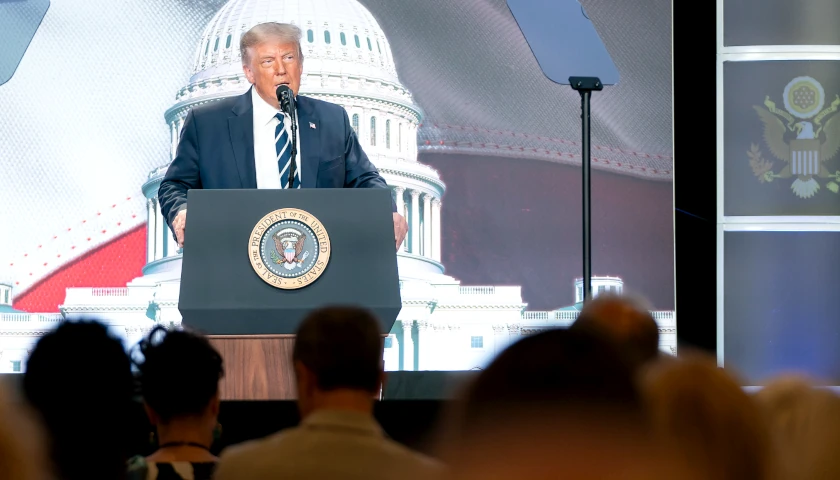by Paul Steidler
As Democrats regroup and forge ahead with plans to implement components of the Build Back Better legislation killed by Senator Joe Manchin, calls for the U.S. Postal Service (USPS) to be given billions to electrify its vehicle fleet are likely to soon reach a fever pitch.
USPS is a high-profile, well-regarded institution through which progressives want to unveil new programs. Progressives pulled out all the stops to provide USPS with electric vehicle funding in 2021 and will likely double down in 2022.
Republicans and fiscal conservatives in Washington, D.C. should push back hard. Electric vehicle subsidies for USPS epitomize what is wrong in Washington, D.C. and how proven, time-tested financial restraint and related guard rails are being eviscerated.
USPS needs a new delivery vehicle fleet, and it has been on the path to purchasing the vehicles long before Build Back Better was ever conceived. After years of study, USPS announced on February 23 that it was purchasing 50,000 to 165,000 next generation delivery vehicles over the next 10 years.
USPS plans to purchase a combination of electric and fuel-efficient internal combustion engine vehicles, all of which are markedly cleaner than the current vehicles which are an average of 25 years old.
For fiscal year 2022, Build Back Better provides $2.6 billion for USPS to purchase electric vehicles and $3.4 billion to construct charging and related infrastructure to support such vehicles. It is the first step in progressives’ push to make all USPS delivery vehicles electric by 2028 and to also require all USPS medium- and heavy-duty trucks to be electric.
There are three fundamental reasons to strongly oppose electric vehicle funding to USPS.
USPS has the cash to buy electric vehicles now. For the quarter ending September 30, 2021, USPS reported having $23.9 billion in cash, nearly four times what Congress wants to provide. USPS also received $10 billion in COVID relief funds even though the pandemic provided a catalyst for its business by significantly increasing the demand for package shipments. And keep in mind, USPS plans to purchase and pay for its new fleet over 10 years.
Electric vehicle subsidies will wreak havoc on operations. A central pillar of the 1970 Postal Reorganization Act is that USPS is to cover its costs through the sales of products and services. Electric vehicle funding amounts to Congressional interference in USPS’s operations. The $3.4 billion in charging infrastructure will require ongoing management, distracting from the central public duty to deliver mail most efficiently. It will also pressure, if not box-in, USPS to only purchase electric vehicles in the years ahead, potentially driving up costs astronomically.
Special interests benefit the most. In Congressional testimony on March 11, Postmaster General Louis DeJoy said that 5,000 packages take up the same amount of space as 500,000 letters. As such, the new vehicles will be used predominantly to deliver packages. Any public funding of electric vehicles is likely to thus disproportionately benefit the large retailers who send many packages more than those who still rely on USPS for mail.
One legislative measure that progressives are likely to target for the electric vehicle funding is the Postal Service Reform Act, which has bipartisan support in the House and Senate. The measure already provides more than $46 billion in balance sheet and other financial relief to USPS related to financial challenges from the decline in mail volume.
Including electric vehicle funding as part of postal reform would amount to sanctioning heavy-handed Congressional management of USPS by dictating what vehicles it operates and saddling them with this permanent obligation. Not only should such an electric vehicle amendment be opposed, but the entire “reform” package should be voted down if it has this troubling feature.
At a time when mail delivery is slower than it was in the 1970s, and USPS has major financial challenges, electric vehicle subsidies and corresponding Congressional interference will only make these matters worse, while doing little to curb greenhouse gas emissions.
– – –
Paul Steidler is a Senior Fellow with the Lexington Institute, a public policy think tank based in Arlington, Virginia. He is a contributor to RealClearEnergy.
Photo “USPS Truck” by Atomic Taco CC BY-SA 2.0.




